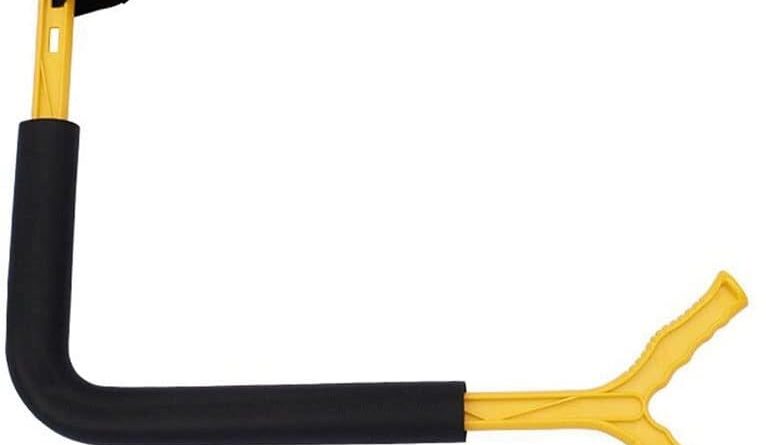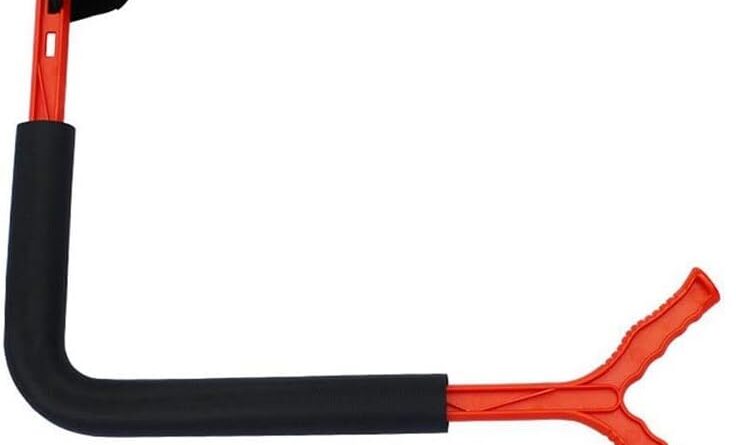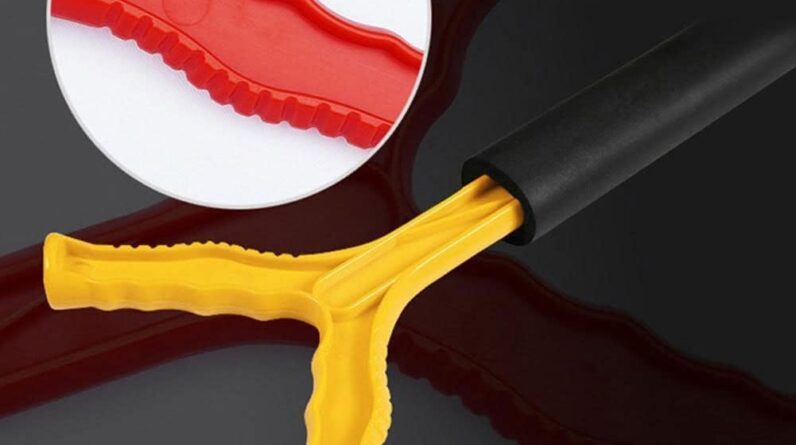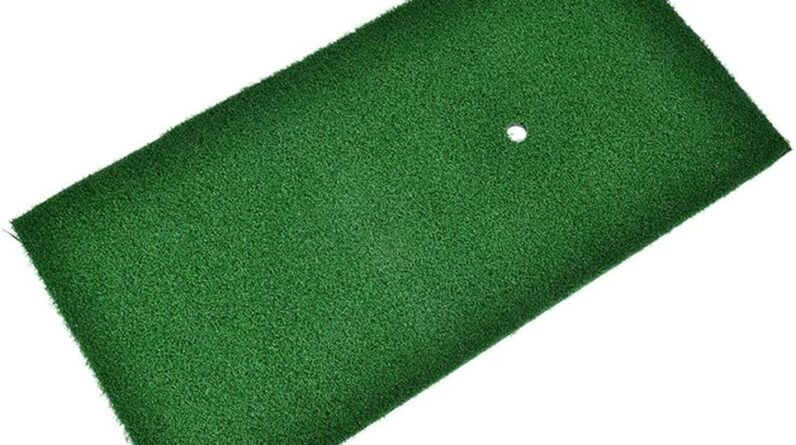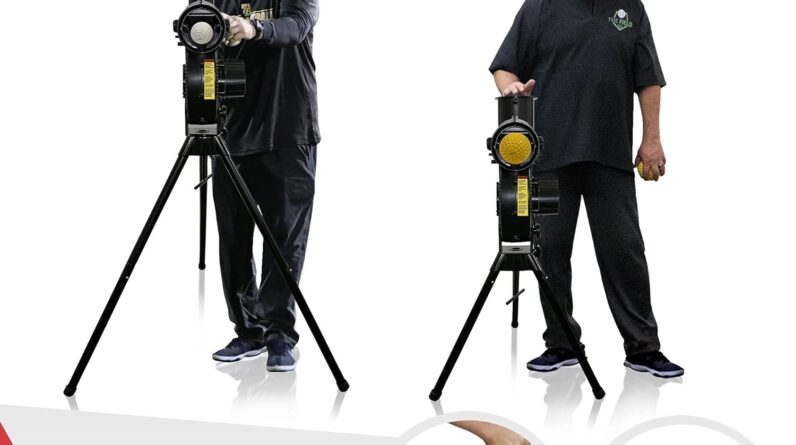In the fascinating world of golf, have you ever wondered what contributes to the distance a golf ball travels with each club? From the power of your swing to the angle of your clubface, a multitude of factors remarkably influence the distance achieved with every swing. Dive into this article, and discover the key elements that determine how far your golf ball will soar across the green with each club in your arsenal.
Factors Affecting Distance of Golf Ball
Golf is a sport that requires precision and skill, and one of the key aspects of the game is distance. Achieving greater distance with your shots can significantly improve your game and lead to better scores. However, there are several factors that can affect the distance a golf ball travels with each club. Understanding these factors can help you make adjustments to your swing and equipment, ultimately leading to longer shots and lower scores.

Clubhead Speed
Clubhead speed plays a crucial role in determining the distance a golf ball will travel. The faster the clubhead speed, the greater the potential for distance. When you swing the club with more speed, the ball is struck with more force, resulting in a longer shot.
To increase your clubhead speed, focus on generating power from your legs and core. Engage your hips and rotate your shoulders fully during the swing. Additionally, make sure to create a smooth transition from backswing to downswing, allowing for maximum acceleration at impact.
Swing Path
The swing path refers to the direction the clubhead takes during the swing. The path can either be inside-out or outside-in. An inside-out swing path, where the club approaches the ball from the inside and then moves back to the inside after impact, tends to promote a draw or a right-to-left shot shape. Conversely, an outside-in swing path, where the club approaches the ball from the outside and moves back to the outside after impact, often leads to a fade or a left-to-right shot shape.
The swing path can greatly affect the distance of the golf ball. An optimal swing path for maximum distance is a slightly inside-out path. This path allows the club to strike the ball with a slight upward angle, resulting in a higher launch and more carry distance. Working with a golf instructor or using a swing analyzer can help you identify and correct any swing path issues that may be limiting your distance.
Angle of Attack
The angle of attack refers to the direction the clubhead is moving in relation to the ground when it strikes the ball. It can be either ascending, descending, or level. The angle of attack can have a significant impact on the distance and trajectory of your shots.
For maximum distance, the ideal angle of attack is slightly ascending. This means that the clubhead is moving upward at impact, creating a higher launch angle and reducing spin. A descending angle of attack, where the clubhead is moving downward at impact, can lead to lower launch and more spin, resulting in shorter shots. It is essential to focus on maintaining a neutral or slightly ascending angle of attack to optimize distance.
Club Face Angle
The club face angle refers to the position of the club face at impact. It can be open, square, or closed. The club face angle greatly influences the initial direction of the ball and can affect both distance and accuracy.
To achieve maximum distance, it is crucial to have a square club face at impact. A square club face promotes a straighter ball flight and reduces sidespin, allowing the ball to travel farther. If the club face is open, the ball will tend to slice, resulting in loss of distance. Conversely, if the club face is closed, the ball will likely hook, also leading to reduced distance.

Club Loft
The loft of a golf club refers to the angle of the clubface relative to the ground. Different clubs have varying lofts, with higher lofts generating more height and shorter distances, and lower lofts producing lower ball flights with more distance.
Choosing the right club with an appropriate loft for each shot is essential for maximizing distance. For longer shots, such as tee shots or second shots on par 5s, using clubs with lower lofts, such as drivers or fairway woods, can help generate more distance. Conversely, for shorter approach shots or shots around the green, using clubs with higher lofts, such as wedges, can provide greater control and accuracy.
Shaft Flexibility
The flexibility of the shaft plays a vital role in the distance a golf ball will travel. The shaft flex refers to how much the shaft bends during the swing. Shafts come in varying flexes, including extra stiff, stiff, regular, senior, and ladies.
The appropriate shaft flex for each golfer is determined by their swing speed. Faster swing speeds typically require stiffer shafts to maintain control and optimize distance, while slower swing speeds benefit from more flexible shafts that provide greater kick and help generate more clubhead speed.

Shaft Material
The material of the shaft can also impact the distance of the golf ball. Shafts are predominantly made from steel or graphite. Steel shafts are generally heavier and provide more control, making them suitable for players with faster swing speeds. Graphite shafts, on the other hand, are lighter and can help players with slower swing speeds generate more distance.
Choosing the right shaft material for your swing characteristics and goals is crucial. Consult with a club fitting professional to determine the appropriate shaft material that will optimize your distance and accuracy.
Ball Type
The type of golf ball you use can have a significant impact on distance. Golf balls come in different constructions, including two-piece, three-piece, and multi-layer constructions. Each construction has different characteristics that can affect spin, launch angle, trajectory, and distance.
For maximum distance, it is advisable to choose a golf ball with a lower compression rating. Lower compression balls tend to compress more upon impact, resulting in increased distance for slower swing speeds. Conversely, for players with faster swing speeds, higher compression balls may provide better control and distance.
Launch Conditions
Launch conditions, including launch angle, spin rate, and ball speed, can greatly influence the distance a golf ball travels. The launch angle refers to the vertical angle at which the ball takes off, while the spin rate and ball speed impact the carry and roll distance.
To achieve optimal launch conditions for distance, it is important to find the right combination of launch angle, spin rate, and ball speed. This can be achieved through proper swing mechanics, equipment selection, and fine-tuning your swing with the help of a launch monitor and professional instruction.
Environmental Factors
Finally, environmental factors, such as wind, temperature, altitude, and course conditions, can have a significant impact on distance. Wind can either help or hinder the distance of your shots, depending on its direction and speed. Higher altitudes and warmer temperatures tend to reduce air density, allowing the golf ball to travel farther. Conversely, colder temperatures and wet course conditions can increase air density, resulting in shorter shots.
When playing in different environmental conditions, it is essential to make the necessary adjustments to maintain your distance. Taking into account the wind direction and speed, making considerations for altitude and temperature, and adapting your club and shot selection accordingly will help you achieve greater distance in various playing conditions.
In conclusion, several factors affect the distance a golf ball travels with each club. By understanding and addressing these factors, including clubhead speed, swing path, angle of attack, club face angle, club loft, shaft flexibility, shaft material, ball type, launch conditions, and environmental factors, you can make the necessary adjustments to optimize your distance and improve your overall game. Remember, practice, and experimentation are key to finding what works best for you in achieving maximum distance with each shot. Happy golfing!


